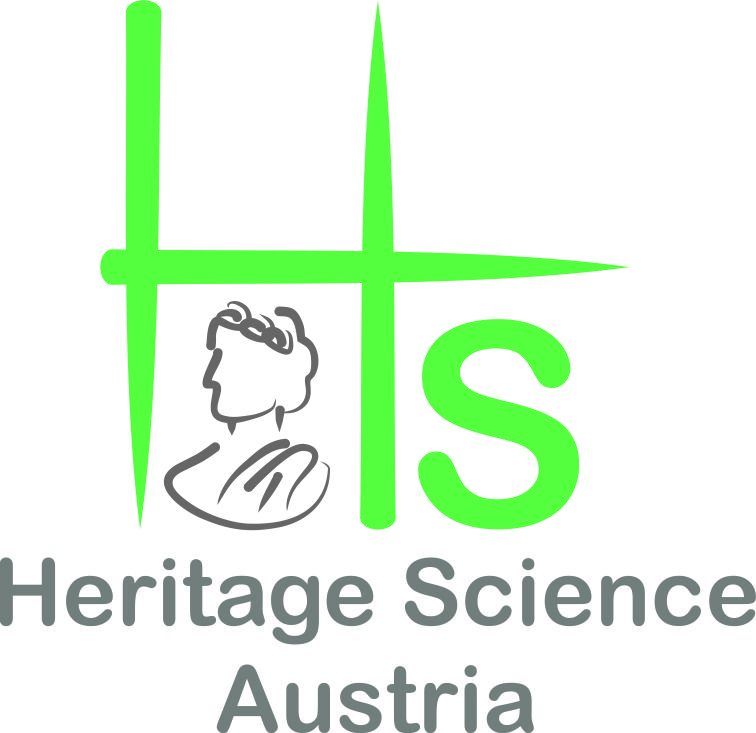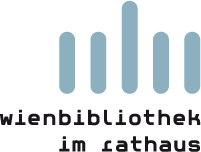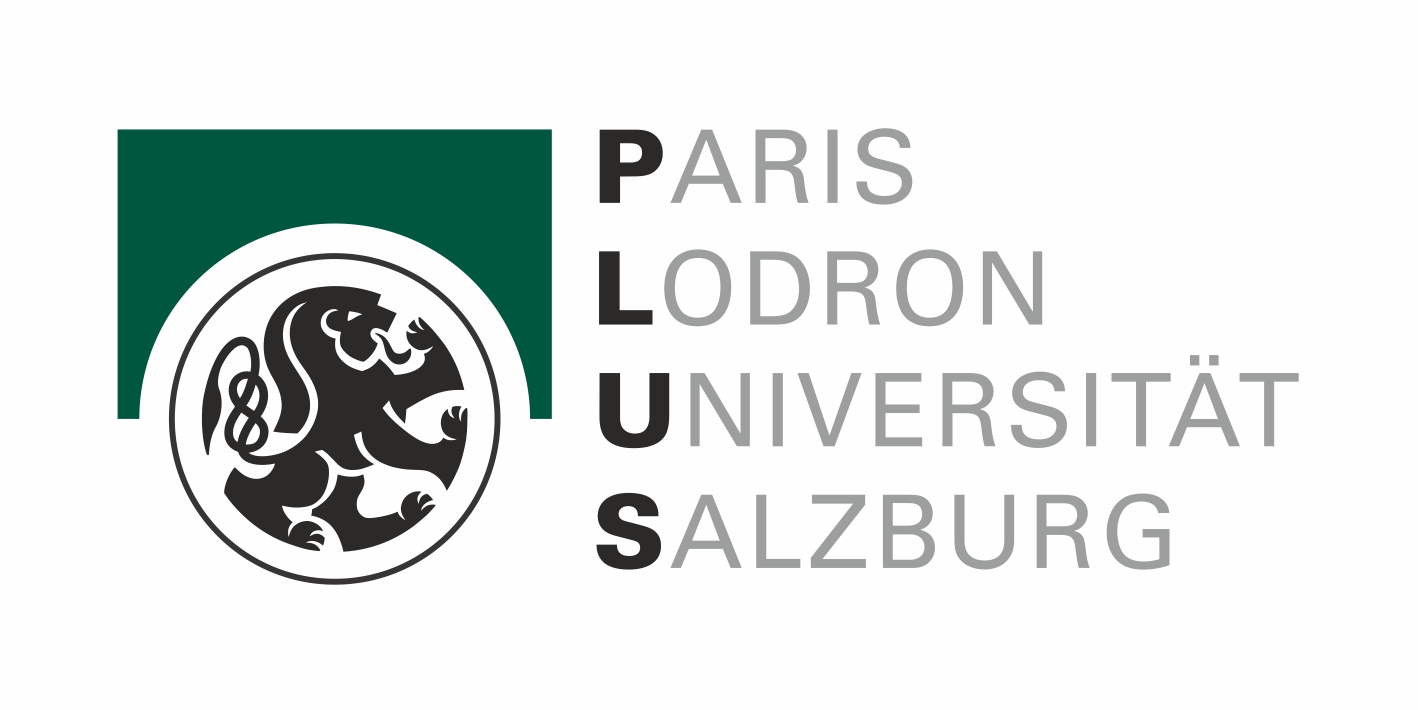DRACMarkS – Digitization, Recognition and Automated Clustering of Watermarks in the Music Manuscripts of Franz Schubert

DRACMarkS is a cooperation project between the ACDH-CH, the Institute for Acoustic Research and the Paris Lodron University of Salzburg.
The interdisciplinary project offers a new perspective on the imprinted images and symbols found in the music manuscripts of Franz Schubert. As part of the Heritage Science Austria funding programme of the Austrian Academy of Sciences, the project incorporates thermography, machine learning and signal processing to produce digitized watermarks for databases and manuscript descriptions as well as to curtail the approximate dating of some undated autographs. By applying fingerprint recognition software to the acquired high-quality watermark images, a new method for automatic categorization will be developed.
The cataloguing of Schubert's manuscripts is a major concern of the Vienna Research Group of the New Schubert Edition (NSE). Since the NSE’s beginnings in the 1960s, dating of the sources and analysis of the different paper types Schubert used have been central tasks which both provide supplementary information on the genesis of the works. Thanks to the continuous source documentation, the NSE can now draw on a stock of more than 1,300 handwritten watermark tracings. Unfortunately, some tracings were created under unfavorable conditions and do not allow for a comparative overview.
By applying modern digitisation methods - in collaboration with scientists from the Institute for Acoustic Research at the Austrian Academy of Sciences - the DRACMarkS project aims to achieve new, more objective results. At the centre of the project are two innovative techniques for the analysis and examination of watermarks: on the one hand, a thermographic camera system that generates images based on infrared radiation and, on the other hand, feature detection and clustering algorithms developed in the project that can also find similarities between different papers via the mould structure.
With the help of the infrared camera, the watermarks are visualised on so-called thermograms without any written content overlaying the symbols. During the three-year term of DRACMarkS, every page of the approximately 400 Schubert music manuscripts in Vienna will be scanned by Anna Czernin, Marlene Peterlechner (project assistant until 10/2023) and Paul Gulewycz (ACDH-CH) and published online on the future website schubert-digital.at. The image data is linked to information and metadata in XML format files developed by Clemens Gubsch (project assistantuntil 04/2024), which are based on the Music Encoding Initiative (MEI) coding standard. The resulting database will be used by Günther Koliander and Thomas Weiß (Acoustics Research Institute) to develop a software that enables the automated comparison of thermograms. For this purpose, modern image and signal processing methods are used to digitally measure the distances between the wires used in the mould production with the highest precision. The wire spacing data is used to calculate a similarity measure between two papers, on the basis of which the automated clustering of the papers is carried out in the next step. The newly incorporated information from the mould structure can be used to confirm or refute existing results of watermark research and to answer new questions, such as the classification of papers without visible watermarks. In this way, we are researching a new, digital approach to documenting and analysing watermarks, which significantly speeds up the process of finding similar watermarks compared to manual searches. It also adds the dimension of the mould structure, which is practically impossible to access manually.





Publications
Lectures
Lectures
Gneißl, Sophie; Gulewycz, Paul (25.10.2023) Digitale Projekte zu Franz Schubert am ACDH-CH. Posterpräsentation bei: Forschung zum kulturellen Erbe im digitalen Zeitalter, Wien/AUSTRIA.
Peterlechner, Marlene (08.09.2023) Viennese music paper history through Franz Schubert. Vortrag bei: 7th International Conference on Watermarks in Digital Collections (Timoty Leonardi Fondazione Biblioteca Capitolare di Verona, Italy, Emanuel Wenger Austrian Academy of Sciences, Vienna), Museo della Carta di Toscolano Maderno/ITALY.
Gulewycz, Paul; Gubsch, Clemens; Koliander, Günther; Lindmayr-Brandl, Andrea; Loose-Einfalt, Katharina et al. [..] (21.05.2022) Watermarks and Where To Find Them: Digitization, Recognition, and Automated Clustering of Watermarks in the Music Manuscripts of Franz Schubert (DRACMarkS). Vortrag bei: Music Encoding Conference 2022 (Music Encoding Initiative (MEI)), Dalhousie University, Halifax/CANADA <https://music-encoding.org/conference/2022/>.
Peterlechner, Marlene (23.03.2022) Today Nothing More than Ghostly Silhouettes? About the Collection of Hand Tracings of Franz Schubert's Watermarks of the New Schubert-Edition. Vortrag bei: First Workshop of the Schubert Research Center (Kommission für Interdisziplinäre Schubert Forschung / Schubert Research Center), Wien/AUSTRIA.
Peterlechner, Marlene (24.09.2021) The New Schubert Edition at the ÖAW – Schubert digital – Watermark research. Vortrag bei: 1. Jahrestagung: Schubert's World. Current Perspectives (Kommission für Interdisziplinäre Schubert Forschung / Schubert Research Center), Wien/AUSTRIA.
Project Lead
Katharina Loose-Einfalt (until 05/2024)
Günther Koliander, ÖAW | Acoustics Research Institute
Andrea Lindmayr-Brandl, Paris Lodron University Salzburg | Department of Art History, Musicology and Dance Studies
Team
Anna Czernin
Clemens Gubsch
Paul Gulewycz
Thomas Weiß
Duration
09/2021–08/2024